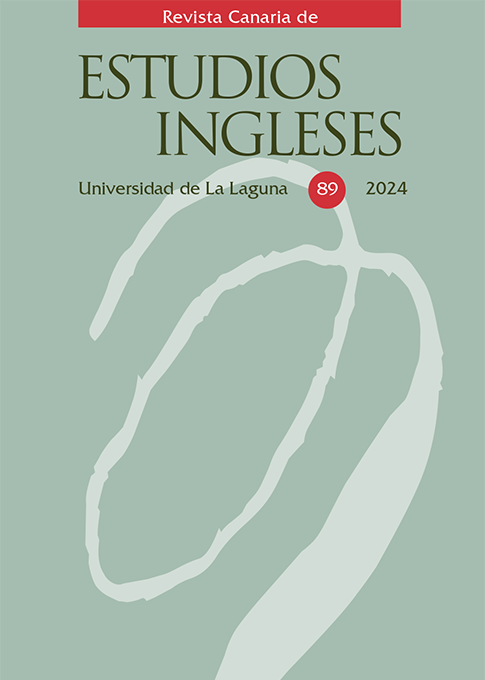La Rebellion and Wilderness: Female Agency and Irish Nature in Elizabeth Griffith’s The History of Lady Barton (1771)
Abstract
This paper endeavors to establish a correlation between the portrayal of female characters and Irish wilderness in Elizabeth Griffith’s Gothic novel, The History of Lady Barton (1771). Deprived of agency and independence, female figures in the realm of Gothic fiction are often rendered as figures of otherness –alien, monstrous, and threatening– driven by a relentless pursuit of liberation from patriarchal constraints. Faced with the choice between madness, death or exile as defiant alternatives to submitting to societal repression, these characters become symbolic rebels against established norms, ultimately opting for a tormenting fate over submission. This portrayal positions them as figures of wildness and uncontrollability, echoing the untamed essence of nature itself. Therefore, by intertwining the fates of women like Louisa Barton and Olivia Walter with the chaotic and uncontrollable Irish landscape, Griffith’s narrative, enhances the complexity of her female characters, suggesting an innate
connection between their defiance and the tumultuous, uncontrollable forces inherent in the natural world. Through this lens, both women and nature emerge as sites of otherness, offering new avenues for resistance and empowerment.

This work is licensed under a Creative Commons Attribution-NonCommercial-ShareAlike 4.0 International License.



